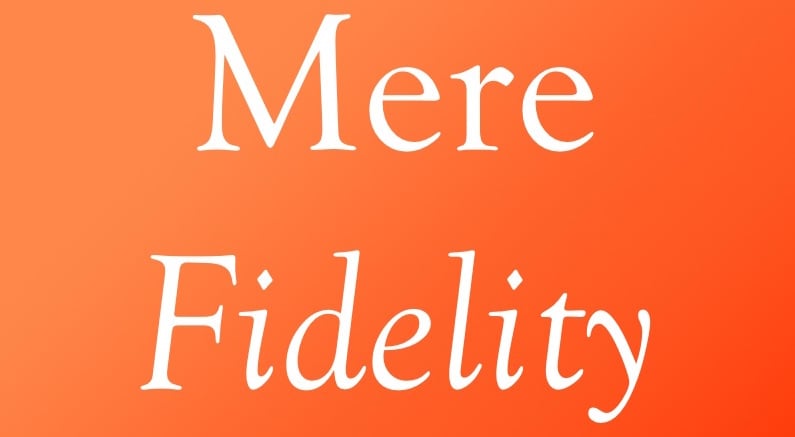I’m pleased to publish this guest review by the Rev. Kyle Dillon.
American churches today have become divided over the question of what it means to live as Christians in an increasingly post-Christian society. Should our approach toward secular culture be one of confrontation? Adaptation? Withdrawal?
Login to read more
Sign in or create a free account to access Subscriber-only content.
